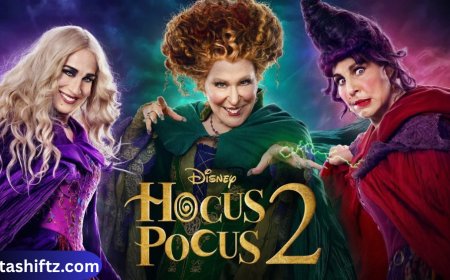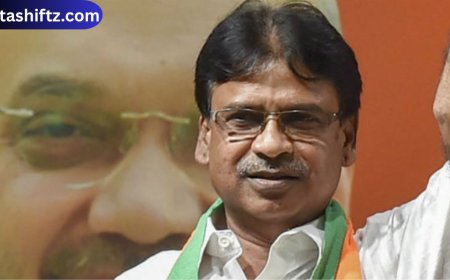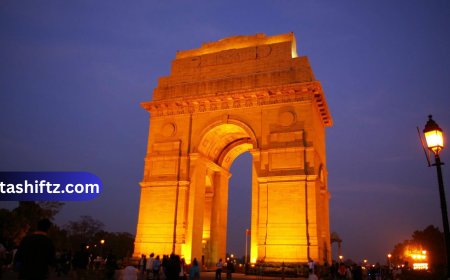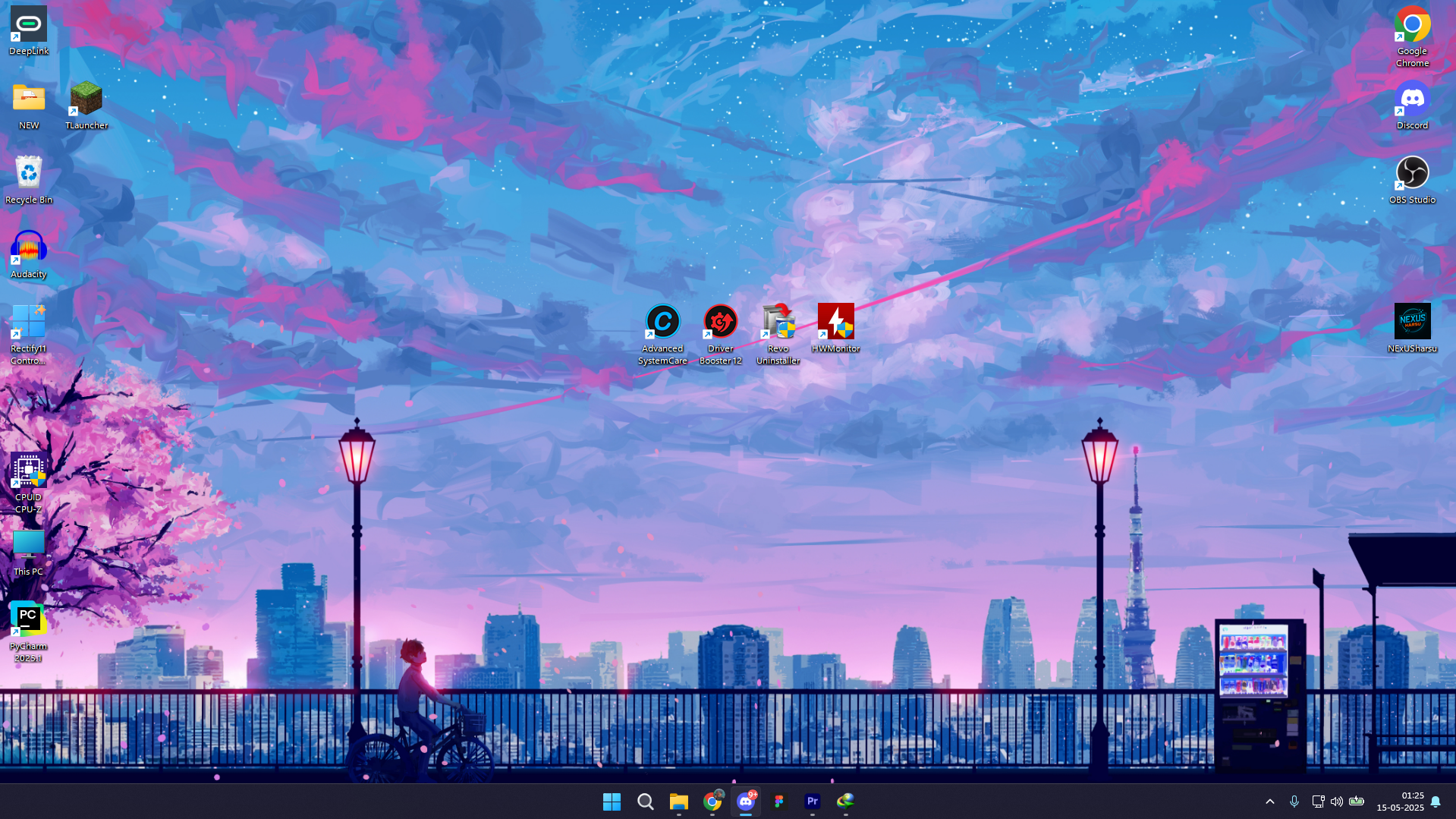The Pope: Spiritual Leader of the Roman Catholic Church
Introduction
The Pope is the Bishop of Rome and the spiritual leader of the Roman Catholic Church, which has over 1.3 billion followers worldwide. Regarded as the successor to Saint Peter, the Pope holds a central role in guiding the moral, spiritual, and theological direction of the Catholic community. His influence extends beyond religion, touching global politics, humanitarian issues, and interfaith dialogue.
This article provides an in-depth overview of the Pope’s role, history, powers, and influence in modern times. We’ll explore the significance of the papacy, its origins, and the responsibilities that come with being one of the most recognizable religious figures in the world.
Origins and Historical Significance of the Papacy
The title of "Pope" derives from the Latin word "papa," meaning father. It was originally a general term for bishops, but over time, it became exclusively associated with the Bishop of Rome.
The Papacy’s Foundation
According to Catholic tradition, the papacy began with Saint Peter, one of Jesus Christ’s twelve apostles, who is considered the first Pope. He was given special authority by Christ, as referenced in the Bible:
“You are Peter, and on this rock I will build my church.” — Matthew 16:18
Peter became the first Bishop of Rome, and his successors continued to hold this unique authority.
Roles and Responsibilities of the Pope
The Pope serves multiple critical roles within the Catholic Church and globally. These include:
Spiritual Leader
As the spiritual leader of Catholics, the Pope provides guidance on faith, theology, and moral questions. He delivers sermons, encyclicals (formal letters), and pastoral messages to interpret the teachings of the Church.
Head of the Vatican City State
The Pope is also the sovereign of the Vatican City, the smallest independent state in the world. He oversees the administration and diplomatic relations of the Holy See, which serves as the central governing body of the Church.
Defender of Doctrine
The Pope protects and upholds Catholic doctrine. He can convene councils, canonize saints, and issue infallible declarations under specific circumstances (a power known as Papal Infallibility).
Diplomatic Figure
Modern Popes often act as international diplomats, engaging in peace efforts, humanitarian causes, and interfaith initiatives. The Pope frequently meets world leaders and speaks out on issues such as climate change, poverty, and human rights.
Table – Key Facts About the Pope
| Category | Details |
|---|---|
| Title | The Pope (Pontifex Maximus, Bishop of Rome) |
| Current Pope | Pope Francis (since March 13, 2013) |
| Residence | Vatican City |
| Role | Head of the Roman Catholic Church |
| First Pope | Saint Peter (circa 33 AD) |
| Number of Popes to Date | Over 260 |
| Selection Process | Elected by the College of Cardinals in the Papal Conclave |
| Length of Term | Life tenure (until death or resignation) |
| Papal Infallibility | Declares doctrine without error under specific conditions |
List – Powers and Limitations of the Pope
The Pope has immense influence, but his powers are also guided by Church tradition and structure.
Powers:
-
✅ Appoints Cardinals and Bishops
-
✅ Issues Papal Bulls, Encyclicals, and Apostolic Letters
-
✅ Declares Saints through Canonization
-
✅ Calls Ecumenical Councils
-
✅ Acts as final interpreter of Church doctrine
-
✅ Conducts global pilgrimages and Masses
Limitations:
-
❌ Not above Scripture or Church Tradition
-
❌ Can only declare infallibility under strict theological conditions
-
❌ Must adhere to canonical laws
-
❌ Cannot change essential doctrines of the faith
Notable Popes in History
Saint Peter (First Pope)
Regarded as the foundation stone of the Church, Saint Peter’s leadership is the cornerstone of papal authority. He was martyred in Rome around 64 AD.
Pope Leo I (440–461)
Pope Leo the Great was instrumental in defining the role of the papacy and strengthening Church authority during the fall of the Western Roman Empire.
Pope John Paul II (1978–2005)
A towering figure in modern Church history, he played a vital role in the fall of communism in Eastern Europe, traveled to over 129 countries, and was known for his outreach to other religions.
Pope Francis (2013–Present)
The first Jesuit Pope and the first from the Southern Hemisphere (Argentina), Pope Francis is known for his humility, focus on social justice, climate change, and interfaith dialogue.
The Papal Election Process
The selection of a new Pope is done through a process called the Papal Conclave, held in the Sistine Chapel. Here’s how it works:
-
Conclave begins after the death or resignation of a Pope.
-
Cardinals under 80 years old are eligible to vote.
-
They cast secret ballots until one candidate receives a two-thirds majority.
-
Once elected, the new Pope chooses a papal name.
-
The election result is announced with the phrase: “Habemus Papam” (We have a Pope).
The Pope’s Global Impact
The Pope holds a unique position that blends spiritual leadership with global statesmanship. His influence reaches:
-
World Peace Initiatives: Mediating conflicts, supporting refugees.
-
Environmental Advocacy: Encyclical Laudato Si’ called for urgent climate action.
-
Interfaith Dialogue: Promoting peace between Christians, Muslims, Jews, and others.
-
Social Justice: Advocating for the poor, the marginalized, and the oppressed.
Conclusion
The Pope is far more than the head of the Catholic Church. He is a spiritual father to billions, a diplomatic voice for the voiceless, and a global symbol of faith, hope, and unity. From the ancient streets of Rome to the farthest reaches of the globe, the Pope’s words and actions continue to shape religious life and humanitarian efforts.
Whether you're Catholic or simply a curious observer of world affairs, understanding the papacy offers insight into one of the oldest and most influential institutions in human history.






























